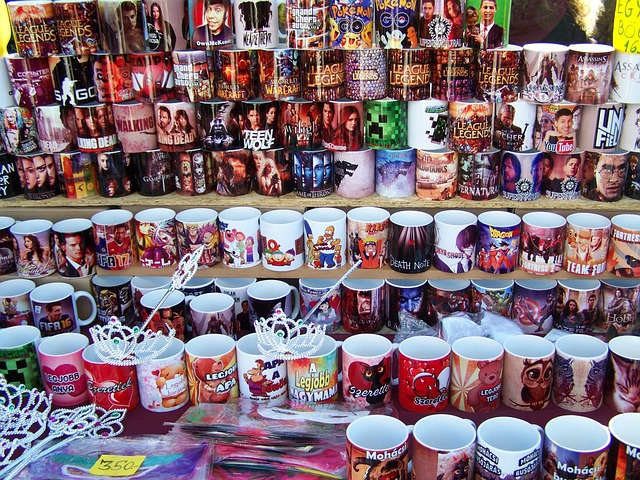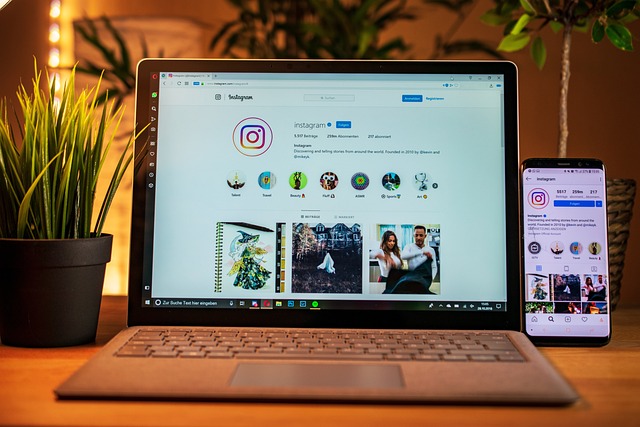Understanding Lighting: The Key to Perfecting Your Home Cinema Experience
As the world of video recording continues to evolve, one aspect remains crucial in ensuring your content shines – lighting. Whether you’re capturing family memories, hosting movie nights, or creating professional-grade videos, understanding the nuances of lighting can transform your home cinema into a stunning visual experience.
The Impact of Lighting on Video Recording
Lighting sets the mood and tone of your videos. It influences the overall aesthetic and can make or break the quality of your recordings. Quality lighting adds depth, highlights important details, and creates a sense of atmosphere that viewers can feel. When designing your home cinema, consider how light interacts with different elements and how it impacts your audience’s experience.
Creating the Perfect Film Buffer: Room Setup
Your cinema room is not just about the screen and sound system; it’s also about how light plays in that space. A well-designed room can complement your video recordings significantly. Consider using blackout curtains or shades to control ambient light during the day, allowing you to brighten the room artificially with studio lights during your recordings.
Choosing Lighting for Different Video Scenarios
The type of lighting you choose should be dictated by your video’s context and purpose. For instance, shooting a casual family video might require softer, more diffused lighting to create warmth. In contrast, a professional recording may benefit from more defined, dramatic lighting setups with shadows to add depth.
Types of Lighting Options
- Key Light: The primary source that illuminates your subject. It should be positioned at an angle that flatters your subject.
- Fill Light: Used to reduce harsh shadows created by the key light, ensuring that the subject is evenly lit.
- Back Light: This light helps separate your subject from the background, adding depth and dimension to the scene.
The Role of Audio in the Cinematic Experience
While video captures the visual aspect of your home cinema, high-quality audio elevates the entire experience. Investing in a sound system that complements your video setup will allow your audience to indulge in a multi-sensory environment. Make sure your lighting doesn’t overshadow your audio setup; they should harmoniously work together to create a seamless cinematic journey.
Practical Lighting Tips for Your Home Cinema
To maximize the potential of your home cinema and video recording, consider the following practical tips:
- Experiment with different lighting angles to find your ideal setup.
- Use dimmable LED lights for flexibility in brightness.
- Incorporate colored gels to set an emotional tone.
- Utilize natural light where possible for a more authentic look.
With the right lighting techniques and an understanding of how they affect your home cinema experience, you can elevate your video recording game. Remember that both sound and light work together to enchant your audience, creating an immersive environment that keeps them coming back for more. So, embrace the power of lighting and watch as your videos transform!



